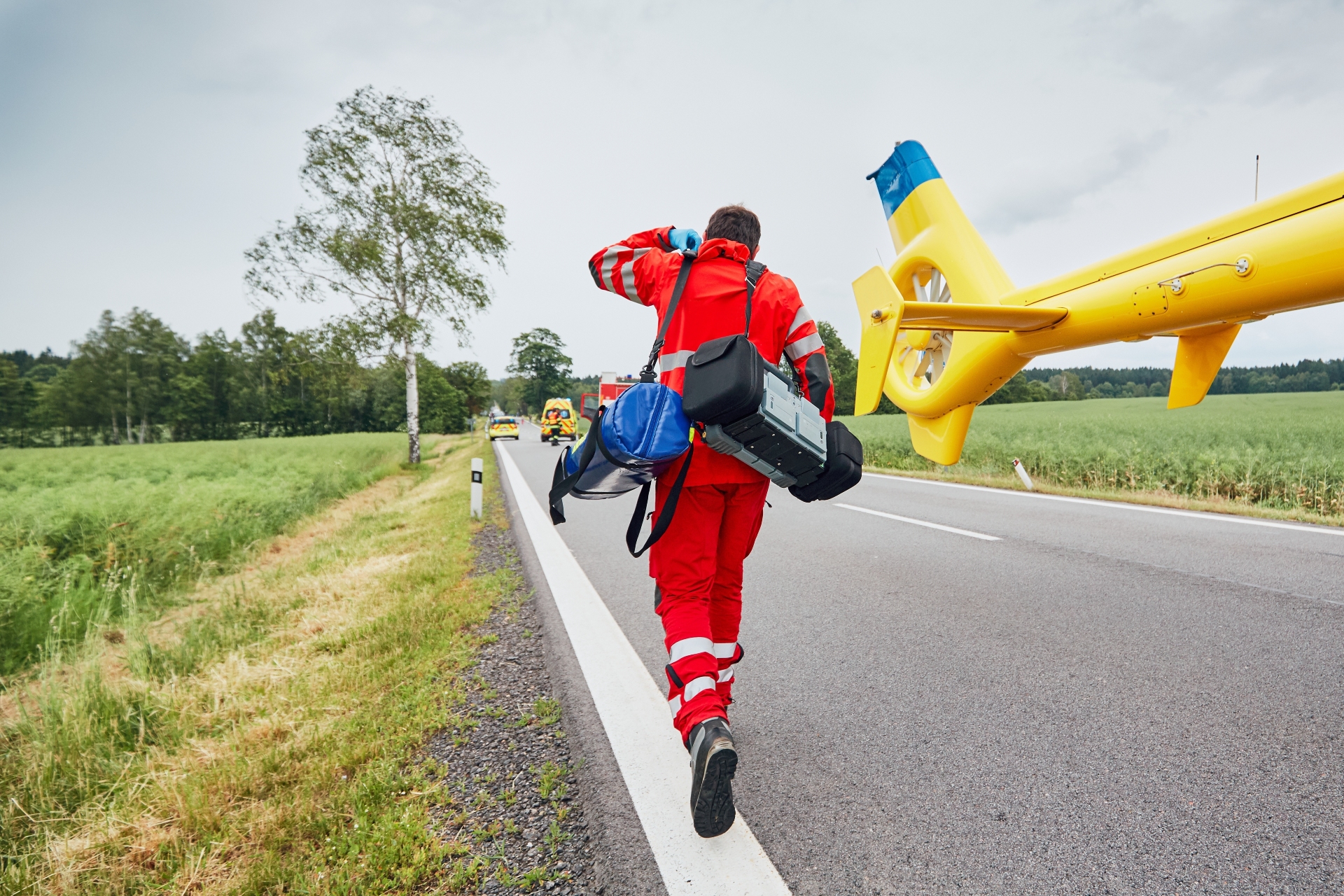Considerations for arriving at a major incident
What to do at the scene
 When arriving at a major incident there are a number of things to consider. First and foremost is safety. Depending on the incident, you would not want to go near patients if there was a risk of CBRN or HAZMAT. Locating your vehicle at a safe distance from the incident can give an overview of what is happening. By getting in the thick of it straight away, you may not be able to see the full picture as you quickly become task-focused. Consider Steps 123+ when analysing risk potential.
When arriving at a major incident there are a number of things to consider. First and foremost is safety. Depending on the incident, you would not want to go near patients if there was a risk of CBRN or HAZMAT. Locating your vehicle at a safe distance from the incident can give an overview of what is happening. By getting in the thick of it straight away, you may not be able to see the full picture as you quickly become task-focused. Consider Steps 123+ when analysing risk potential.
Consider where a good Casualty Clearing Point (CCP) could be, where you take triaged patients for initial treatment and care. Consider a good loading point for patients and ambulances. A quick recon of the area from the ambulance cab and looking at the MDT could help you in these ideas, which you can then pass on to control etc.
Following on, there can be a number of actions that you could do implement depending on the scenario. If a CBRN, keeping a safe distance away you could advise the remove, remove, remove advice. This is where you advise individuals to remove themselves from the ‘dirty’ area, remove contaminated clothing, remove any contamination from skin or hair.
If there are a number of walking casualties in a non-CBRN incident, you could advise any individuals who have minor injuries and can walk to go to a collection area.
Being the first operative on a major incident will be very difficult as there will be the temptation to get involved but this will quickly lead you to be overwhelmed by patients and not keeping an eye on the surrounding events. By being on the ‘outside’ and monitoring events until further support arrives, you can better manage the situation, provide communications, and react better to any new threats or dangers